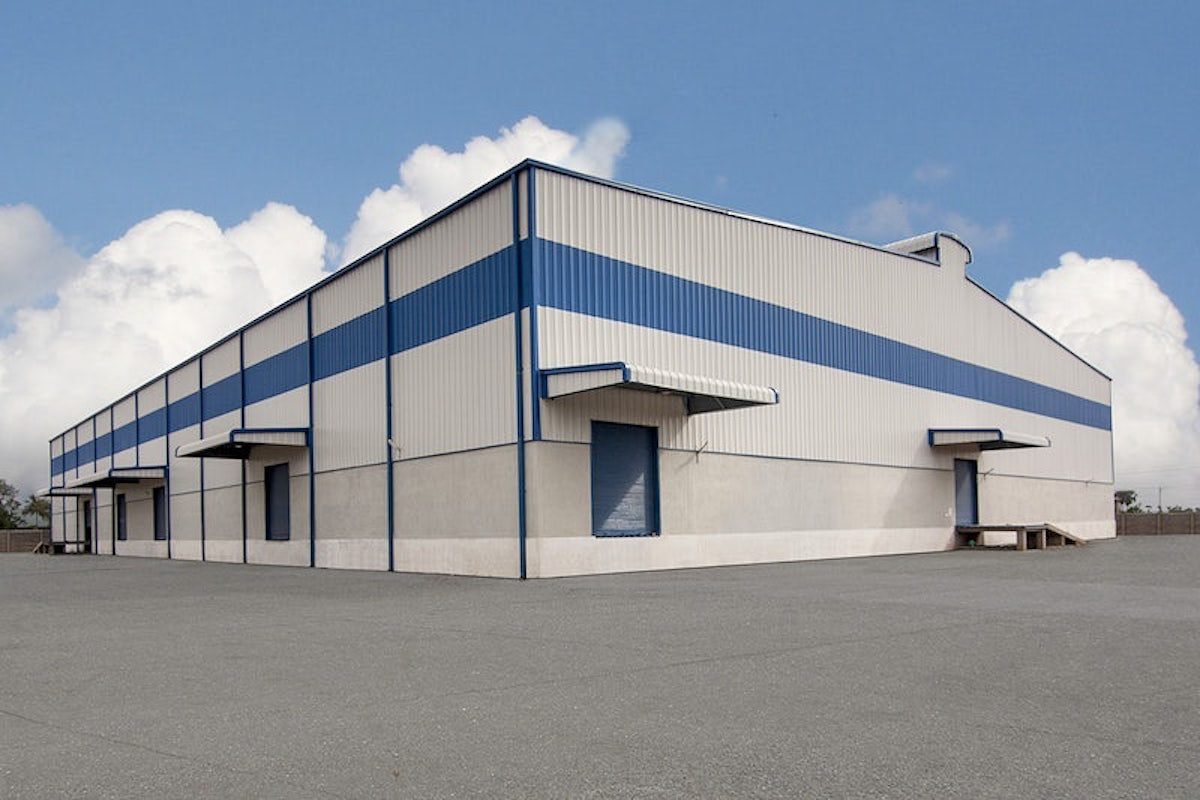In this article
Consider
A factory-made, modular structure if you’re in the market for a new office building. These prefab office buildings have been gaining popularity in recent years, and for a good reason. They’re cost-effective, energy-efficient, and can be built much quicker than traditional office buildings. Here’s a closer look at the stats behind the rise of such constructions.
The Advantages of Pre-engineered Office Constructions
- Cost-effective: They are typically less expensive than traditional buildings. This is because they’re manufactured in a controlled environment, meaning there are no weather-related delays or wasted materials. Additionally, the materials used to build prefab buildings, like metals, are often less expensive than those used for traditional buildings, like cement, bricks or wood.
- Energy-efficient: They are designed to be energy-efficient from the ground up. They’re built with insulation and other features that help to reduce energy consumption and lower utility bills.
- Quick construction: They can be built much quicker than traditional ones. This is because they’re manufactured off-site and then assembled on-site. This means there are no weather-related delays, and the building can be completed in a fraction of the time it would take to construct a traditional building.
- Customizable: These metal constructions are highly customizable. They can be designed to meet your specific needs and preferences, and they can be finished with a variety of materials and features.
The Numbers Behind the Rise of Prefabricated Office Structures
- Growth in the industry: According to a report by Zion Market Research, the global prefabricated building market was valued at approximately $89 billion in 2018 and is expected to reach approximately $140 billion by 2026. It represents a compound annual growth rate of around 6%.
- Faster construction times: According to a National Institute of Standards and Technology report, prefab structures can be constructed up to 50% faster than traditional structures. This means you can have your new structure up and running in a fraction of the time it would take to construct a traditional building.
- Lower costs: According to the Modular Building Institute, prefab office buildings made with steel can be up to 20% less expensive than traditional constructions. This is because they require fewer materials and less labour to construct.
- Energy efficiency: According to the U.S. Department of Energy report, prefab structures can be up to 20% more energy-efficient than traditional buildings. This means that you’ll save money on your energy bills over the lifetime of the building.
- Customizable: Despite being factory-made, pre-engineered constructions can be highly customizable. They can be designed to meet your specific needs and preferences, and they can be finished with a variety of materials and features.
The Role of Office Structures in Sustainable Development
- Reduced waste: Prefab metal structures are manufactured off-site, meaning less waste is generated during construction. Additionally, because the construction takes place in a controlled environment, there is less material waste than in traditional construction.
- Energy saver: As mentioned earlier, prefabricated office buildings are designed to be energy-efficient from the ground up. This means they require less energy to heat, cool, and light, reducing their overall carbon footprint.
- Sustainable materials: The constructions are built with sustainable materials like recycled metals and materials that have been responsibly sourced and produced.
Conclusion
Prefabricated office structures are rising, and it’s easy to see why. They offer a range of advantages over traditional construction. As technology continues to improve, people can expect to see even more innovative designs and sustainable features in pre-engineered office buildings, making them an increasingly popular choice for all businesses.









